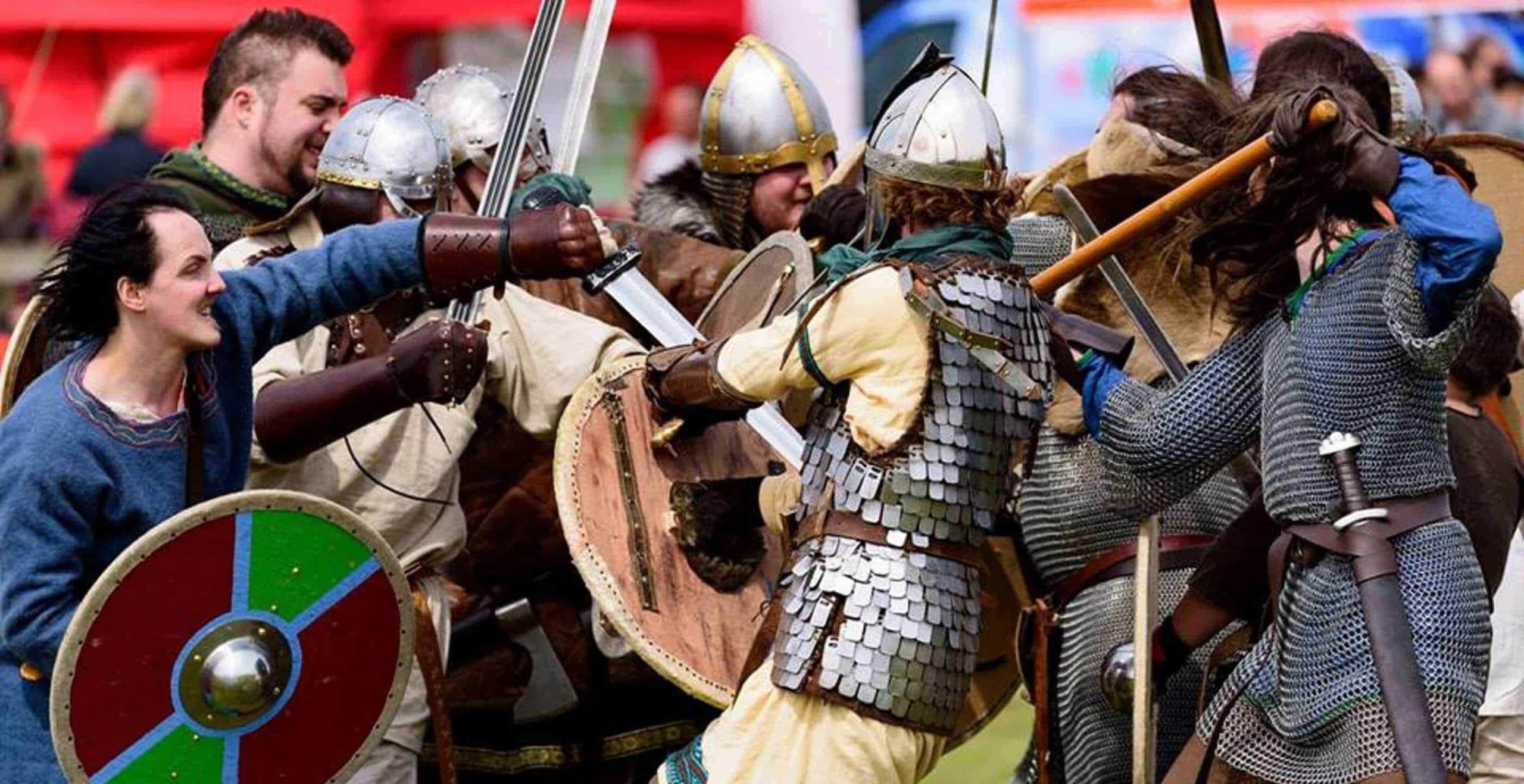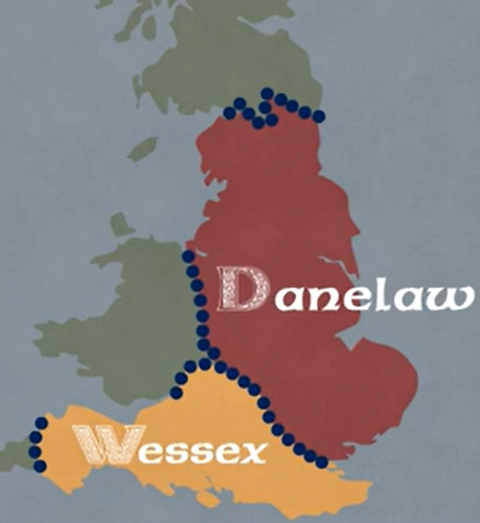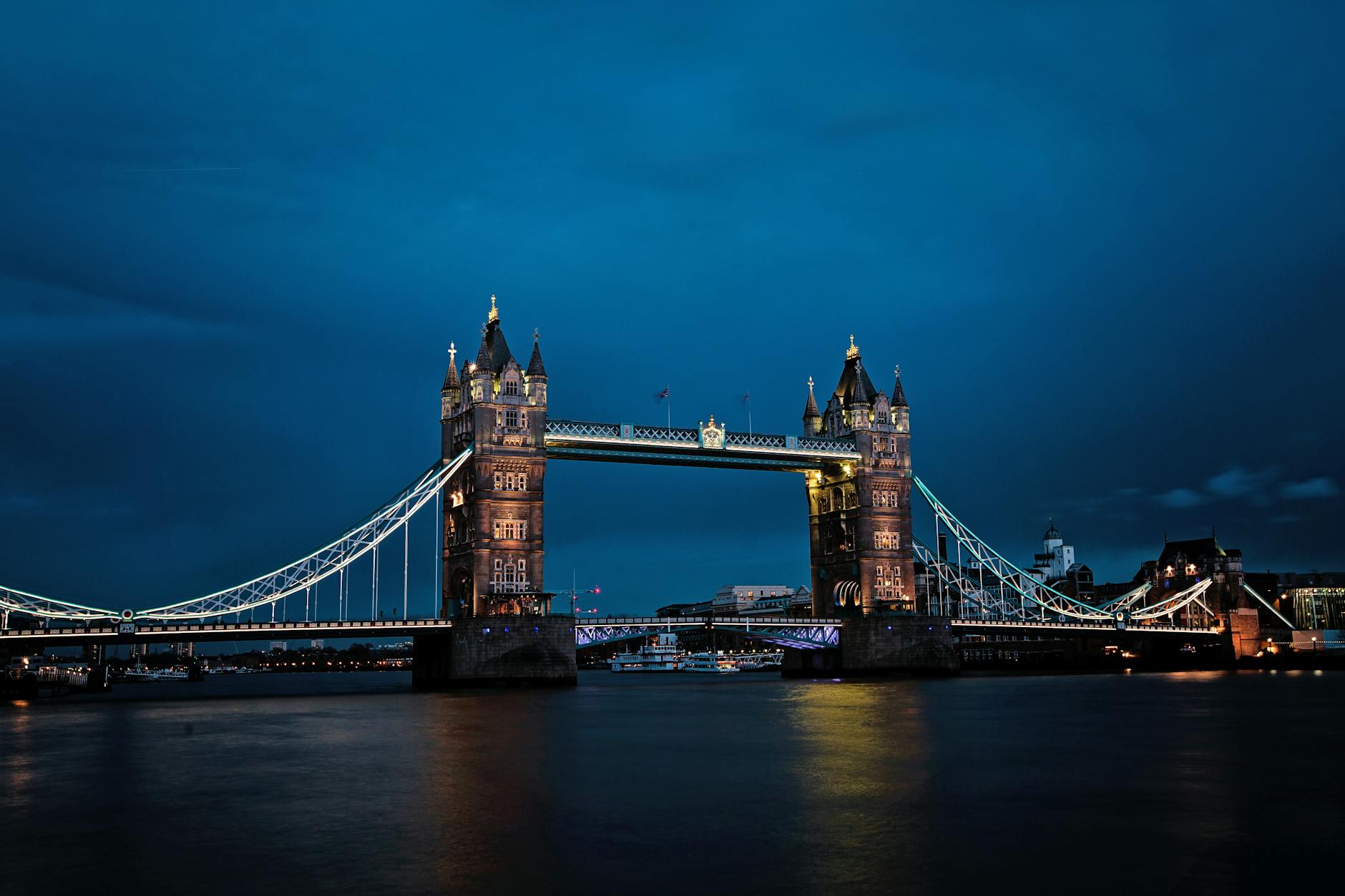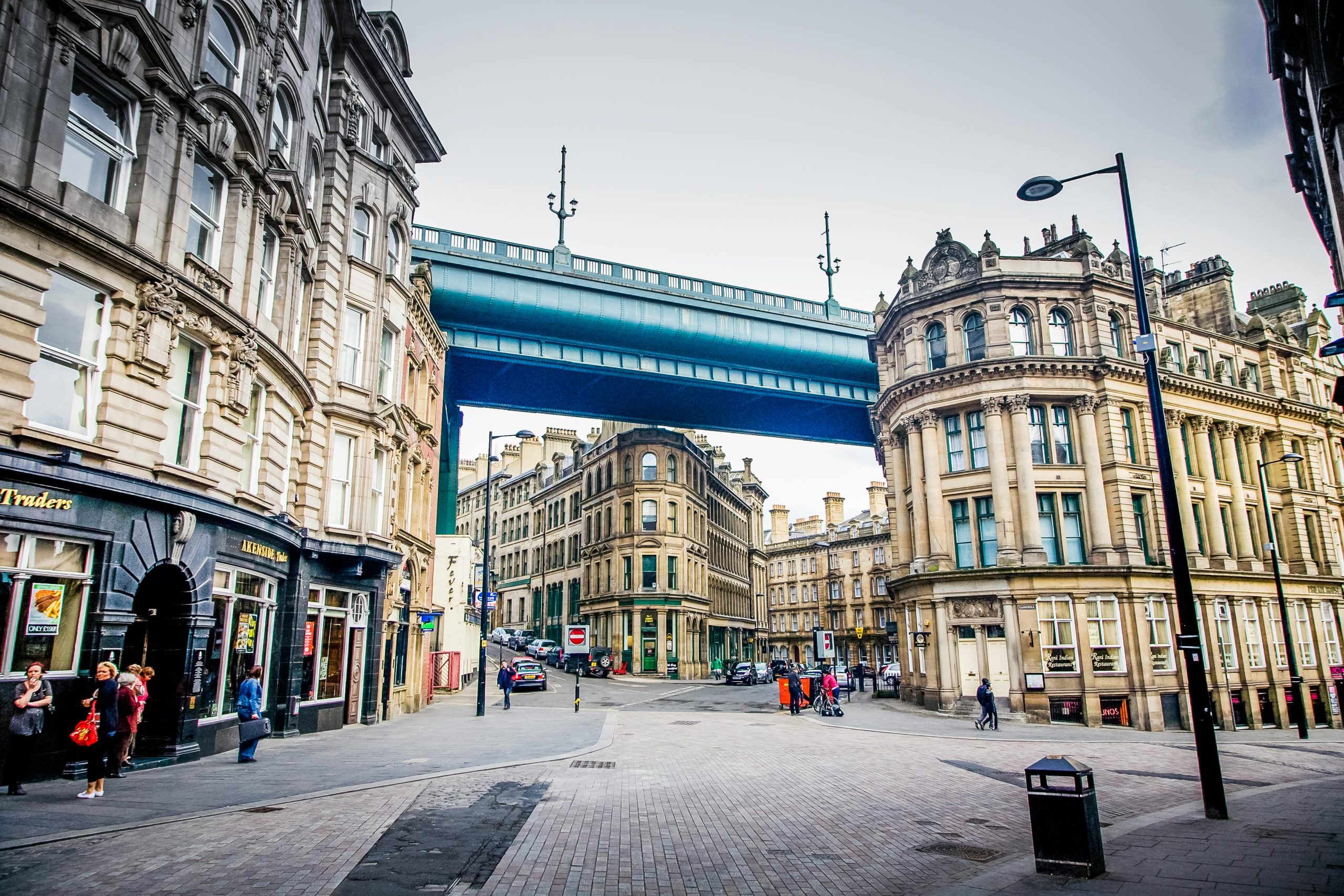Introduction
Table of Contents
The Danelaw, a sprawling region of northern and eastern England under Viking influence from the late 9th century to the early 11th century, was more than a fleeting occupation—it was a transformative force in British history. At its heart lay the Five Boroughs of the Danelaw: Leicester, Lincoln, Nottingham, Stamford, and Derby. These fortified towns were not just settlements but power centers that shaped military strategy, trade, and cultural exchange during a tumultuous era. In this article, we’ll explore the rise, significance, and legacy of these boroughs, delving into their roles as linchpins of Scandinavian rule and their lasting impact on England.
What Were the Five Boroughs of the Danelaw?
The Five Boroughs—Leicester, Lincoln, Nottingham, Stamford, and Derby—emerged as key strongholds in the Danelaw, a region established after Viking invaders, led by the Great Heathen Army, settled in England in the 860s and 870s. The term “borough” derives from the Old English burh, meaning a fortified place, and these towns were indeed defensive hubs, each commanding strategic locations in the East Midlands. Under Viking control, they became administrative and military centers, governed by Scandinavian jarls and their Anglo-Danish successors.
The Five Boroughs were first explicitly mentioned in the Anglo-Saxon Chronicle in 942, during King Edmund’s campaign to reclaim them from Norse rule. However, their importance predates this, rooted in the late 9th century when Viking leaders like Guthrum formalized their hold over the region through treaties with Anglo-Saxon kings, such as Alfred the Great. Together, these boroughs formed a network that balanced power between the Norse settlers and their Anglo-Saxon neighbors, making them critical to the Danelaw’s stability.
Why the Five Boroughs Mattered
The Five Boroughs of the Danelaw were not random settlements—they were deliberately chosen for their geographic and economic advantages. Positioned along rivers and Roman roads, they controlled trade routes and provided defensive strongholds against Anglo-Saxon reconquest. Their walls, often built on earlier Roman foundations, and their garrisons of Viking warriors made them formidable. Beyond their military role, these towns fostered a unique Anglo-Danish culture, blending Norse traditions with local Anglo-Saxon practices, a legacy still visible in place names and archaeology today.
Leicester: The Gateway to the Midlands
Historical Context
Leicester, one of the Five Boroughs of the Danelaw, began as the Roman settlement of Ratae Corieltauvorum. By the 9th century, it was a thriving Anglo-Saxon town until the Vikings arrived. Captured by the Great Heathen Army around 877, Leicester became a key base due to its position on the River Soar and its proximity to the Fosse Way, a Roman road linking it to Lincoln and beyond.
Role in the Danelaw
Under Viking rule, Leicester was a military and administrative hub. Its earthen ramparts, reinforced by the Danes, protected a mixed population of Norse settlers and Anglo-Saxon inhabitants. Archaeological finds, like Scandinavian-style jewelry and coins minted in the town, suggest Leicester was a center of craftsmanship and trade. It also served as a staging point for campaigns against Wessex and Mercia, reflecting its strategic importance.
Legacy
Leicester’s Danelaw period left a subtle but enduring mark. The town’s name, derived from the Old English Ligora-ceaster (meaning “fort of the Ligore people”), retained its Anglo-Saxon root, but Norse influence crept into local governance and language. Today, excavations near Highcross Street reveal Viking-era artifacts, underscoring Leicester’s role as a power center.
Lincoln: The Hilltop Fortress
Historical Context
Lincoln, known to the Romans as Lindum Colonia, was another of the Five Boroughs transformed by Viking rule. Seized in the late 9th century, it capitalized on its elevated position overlooking the River Witham. The town’s Roman walls, still standing in parts, were repurposed by the Danes as a defensive perimeter.
Role in the Danelaw
Lincoln’s significance in the Five Boroughs of the Danelaw stemmed from its dual role as a military stronghold and a trading port. The Witham connected it to the North Sea, facilitating commerce with Scandinavia. Viking-era finds, such as the silver penannular brooches unearthed near St. Paul’s Church, highlight Lincoln’s wealth. It was also a minting center, producing coins that circulated across the Danelaw, a testament to its economic power.
Legacy
The Norse influence on Lincoln persists in its street names—Steep Hill, Danesgate—and in its archaeological record. The town’s growth under Viking rule laid the groundwork for its medieval prosperity, cementing its status as a key player in England’s history.
Nottingham: The River Stronghold
Historical Context
Nottingham, perched on a sandstone bluff above the River Trent, was a natural fortress when the Vikings captured it in 867. Originally an Anglo-Saxon settlement called Snottingham (“home of Snot’s people”), it became a linchpin of the Five Boroughs of the Danelaw after the Great Heathen Army wintered there in 868-869.
Role in the Danelaw
Nottingham’s cliffs and river access made it a defensive powerhouse. The Vikings fortified it further, digging caves into the sandstone for storage and shelter—a feature unique among the Five Boroughs. It served as a military base during conflicts with Alfred’s Wessex, notably in 918 when it was briefly recaptured by the Anglo-Saxons before reverting to Danish control. Nottingham’s market also thrived, linking the Danelaw to Mercian trade networks.
Legacy
The Viking presence reshaped Nottingham’s identity. The loss of the initial “S” in its name (from Snottingham to Nottingham) is often attributed to Norse simplification of Anglo-Saxon pronunciation. Today, the city’s Lace Market and castle site echo its medieval importance, rooted in its Danelaw past.
Stamford: The Border Town
Historical Context
Stamford, the smallest of the Five Boroughs of the Danelaw, sat on the River Welland near the boundary between the Danelaw and Anglo-Saxon Mercia. Its origins trace back to a Roman ford, but it rose to prominence under Viking control in the 9th century.
Role in the Danelaw
Stamford’s position made it a frontier outpost, guarding the southern edge of the Danelaw. Its earth-and-timber defenses, built by the Vikings, protected a growing town known for pottery production—Stamford Ware, a glazed ceramic, emerged here in the 9th century, suggesting economic vitality. The borough also played a military role, notably during Edmund’s 942 campaign, when it resisted Anglo-Saxon forces before falling.
Legacy
Stamford’s Danelaw heritage is subtle but tangible. Its medieval streets and stone buildings owe their layout to the Viking era, and its pottery tradition influenced later English ceramics. As a border town, it bridged Anglo-Danish cultures, a role still evident in its historical charm.
Derby: The Western Bulwark
Historical Context
Derby, originally the Anglo-Saxon Deoraby (“village of the deer”), was captured by the Vikings in 877. Located on the River Derwent, it anchored the western flank of the Five Boroughs of the Danelaw, close to Mercian territory.
Role in the Danelaw
Derby’s position made it a bulwark against Anglo-Saxon incursions from the west. Its Viking rulers fortified it with walls and a garrison, using it to control the surrounding countryside. The town also prospered as a trade hub, with evidence of ironworking and textile production. In 917, it famously resisted an attack by Lady Aethelflaed of Mercia, only falling after a prolonged siege—a sign of its resilience.
Legacy
The Norse suffix -by in Derby’s name is a direct legacy of Viking settlement, common across the Danelaw. Excavations near St. Alkmund’s Church have uncovered Scandinavian graves, including a warrior buried with a sword, linking Derby to its martial past. Its industrial growth in later centuries built on this early economic foundation.
The Five Boroughs in Conflict and Cooperation
Military Importance
The Five Boroughs of the Danelaw formed a defensive network, each town reinforcing the others. Leicester and Derby guarded the western approaches, Nottingham and Lincoln controlled the Trent and Witham valleys, and Stamford held the south. This chain of fortresses deterred Anglo-Saxon kings for decades, until Athelstan’s campaigns in the 930s began their reconquest. Even then, the boroughs’ resistance—like Derby’s stand against Aethelflaed—highlighted their strength.
Economic and Cultural Exchange
Beyond warfare, the Five Boroughs were economic engines. Lincoln’s coins and Stamford’s pottery traveled far, while Nottingham’s markets and Leicester’s crafts linked the Danelaw to broader networks. Culturally, they were melting pots: Norse settlers adopted Christianity, intermarried with Anglo-Saxons, and left linguistic traces like “gate” (from Old Norse gata, meaning street) in place names.
The Fall of the Five Boroughs
The Five Boroughs of the Danelaw faced mounting pressure in the 10th century as Anglo-Saxon kings sought to unify England. Athelstan’s victory at Brunanburh in 937 weakened Norse power, and by 942, Edmund had reclaimed all five towns, as recorded in the Anglo-Saxon Chronicle: “The king conquered the Five Boroughs, Lincoln and Leicester too.” Yet their Viking identity didn’t vanish—later rulers like Cnut the Great, a Danish king who ruled England from 1016 to 1035, revive their Scandinavian ties.
Archaeological Evidence of the Five Boroughs
Modern archaeology has illuminated the Five Boroughs’ Danelaw past. In Leicester, Viking-age tools and jewelry surface near the old town walls. Lincoln’s Flaxengate digs reveal Norse workshops, while Nottingham’s sandstone caves preserve storage pits. Stamford’s pottery kilns and Derby’s warrior graves—including the Repton mass burial linked to the Great Heathen Army—offer tangible connections to this era. These finds underscore the boroughs’ roles as vibrant centers of power.
The Lasting Legacy of the Five Boroughs
The Five Boroughs of the Danelaw left an indelible mark on England. Their Norse-influenced place names—Derby’s -by, Lincoln’s Danesgate—dot the landscape. Genetically, studies show elevated Scandinavian ancestry in the East Midlands, a silent testament to Viking settlement. Culturally, the boroughs bridged Anglo-Saxon and Norse worlds, shaping regional identities that persist in dialects and traditions.
Why They Still Fascinate Us
Today, the Five Boroughs captivate historians and enthusiasts alike. Their story—of conquest, adaptation, and resilience—mirrors broader themes in British history. Whether through the lens of archaeology, warfare, or culture, these power centers of the Danelaw offer endless avenues for exploration.
Conclusion
The Five Boroughs of the Danelaw—Leicester, Lincoln, Nottingham, Stamford, and Derby—were more than Viking outposts; they were the beating heart of a hybrid society that reshaped England. From their fortified walls to their bustling markets, they wielded military might and economic influence, leaving a legacy that echoes in modern Britain. By understanding their roles, we gain a deeper appreciation for the complex tapestry of the Danelaw and its enduring impact.




